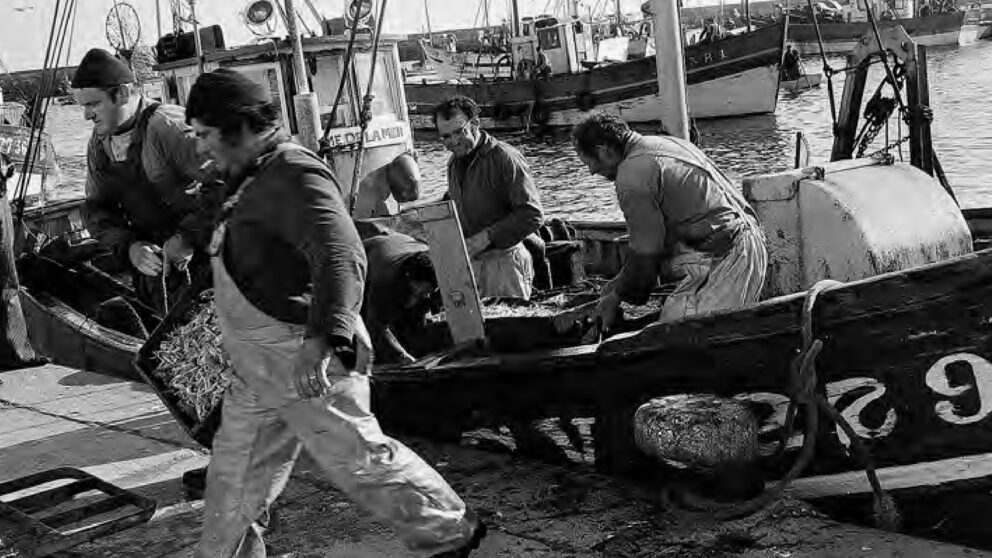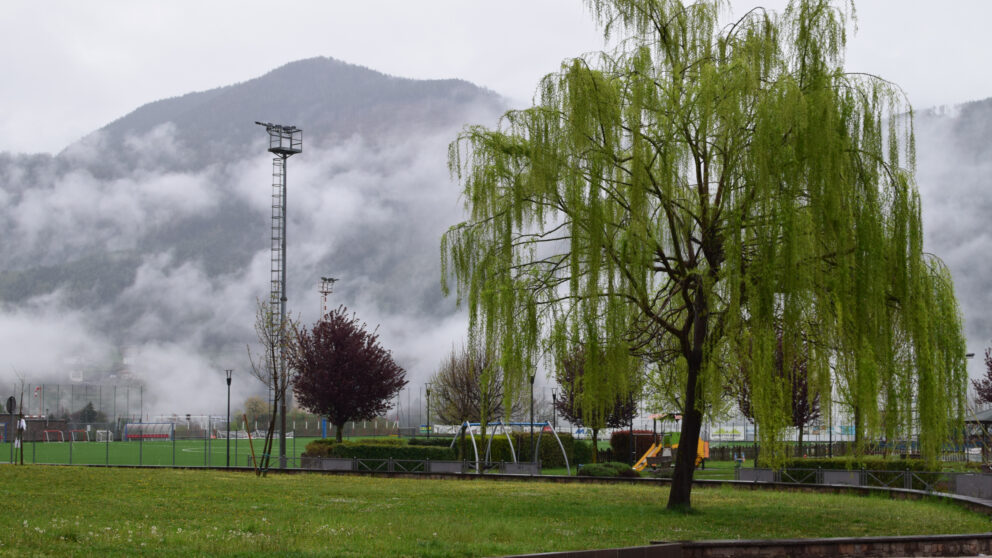
A Foreign Language in the Ear—Reflections on listening, language, and soundscape research en route to Lesconil
Train to Quimper, Brittany. On the journey from Paris toward Quimper, I listen to archival recordings from the fishing village of Lesconil, made in 1975 and 2000 as part of the Five Village Soundscapes (FVS) and Acoustic Environments in Change (AEiC) research projects. These sounds come from the very fieldwork site we are now headed to with the SOMECO project. Two of the recordings document a fish auction. I know this because the information is provided in the descriptions of the recordings (Schafer 1977/2009, 401; Järviluoma et al. 2009, 414). I don’t understand a single word of the language spoken.

Echoes of Cembra: Village Soundscape at the Turn of the Millennium
In 2000, the AEiC (Acoustic Environment in Change) project ventured into the picturesque Cembra Valley in Northern Italy to explore its unique sonic environment. The blog texts produced during this time offer a fascinating snapshot of a community nestled amidst steep hills, where sounds reflected off ancient stone walls seemed to echo a history shaped by both human activity and the constraints of nature.[1] Revisiting these texts today allows us to reflect on the transformations in Cembra’s sonic landscape—particularly when compared to earlier periods, such as 1975, documented in the Five Village Soundscapes study (Schafer 1975/2009).

Human Voice – A Delicate Creature of the Sonic Environment
In the field, human voices appear to be particularly sensitive to the presence of a researcher—more so than most other environmental sounds.